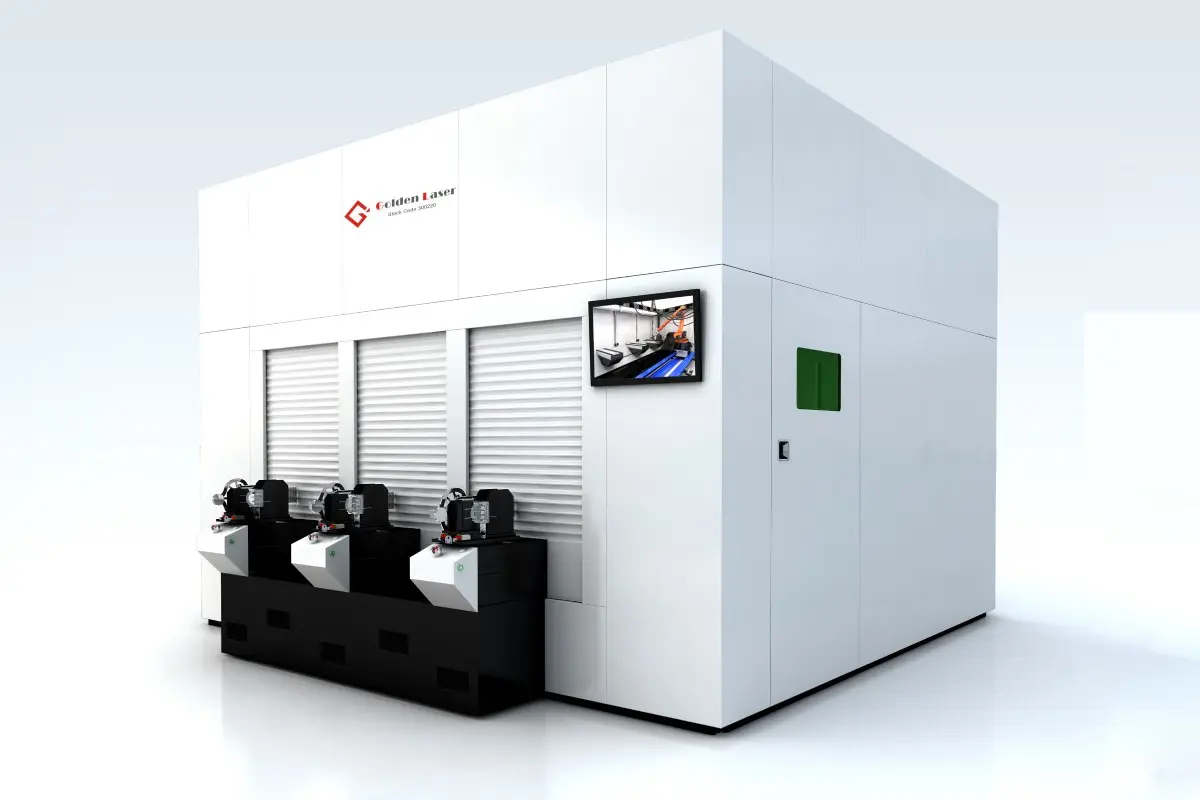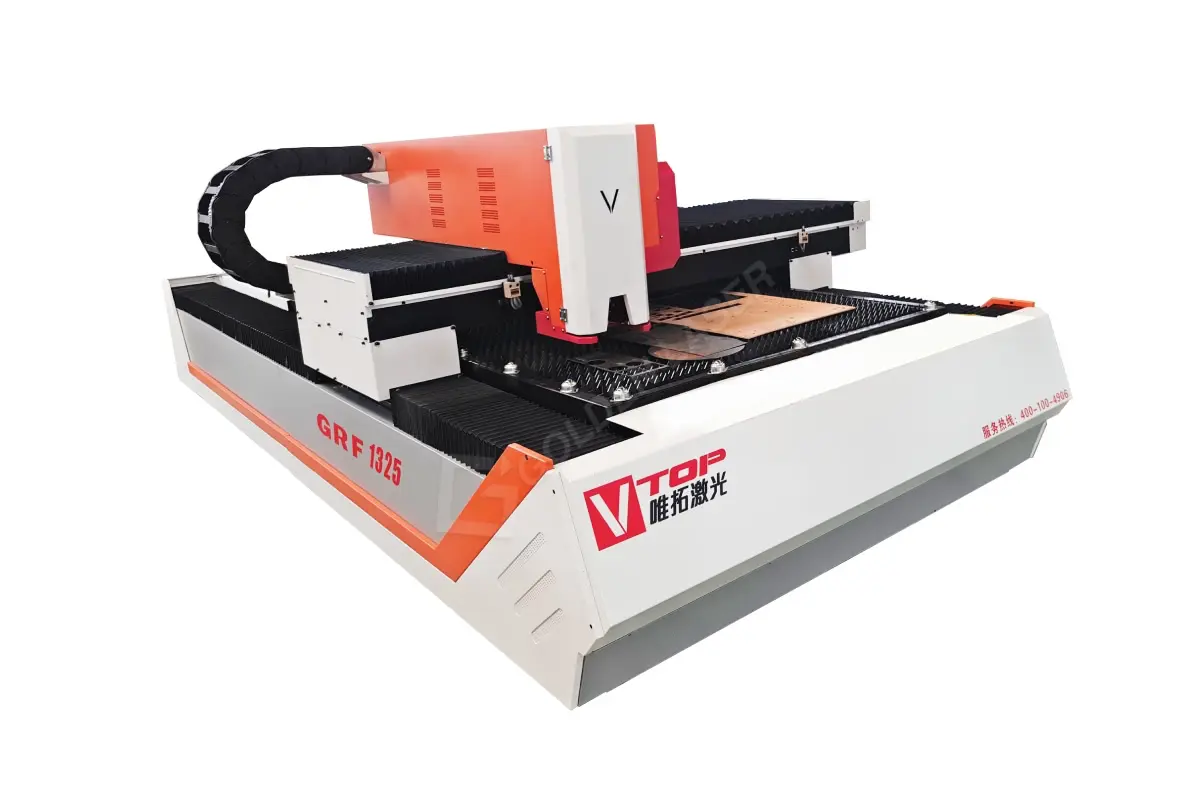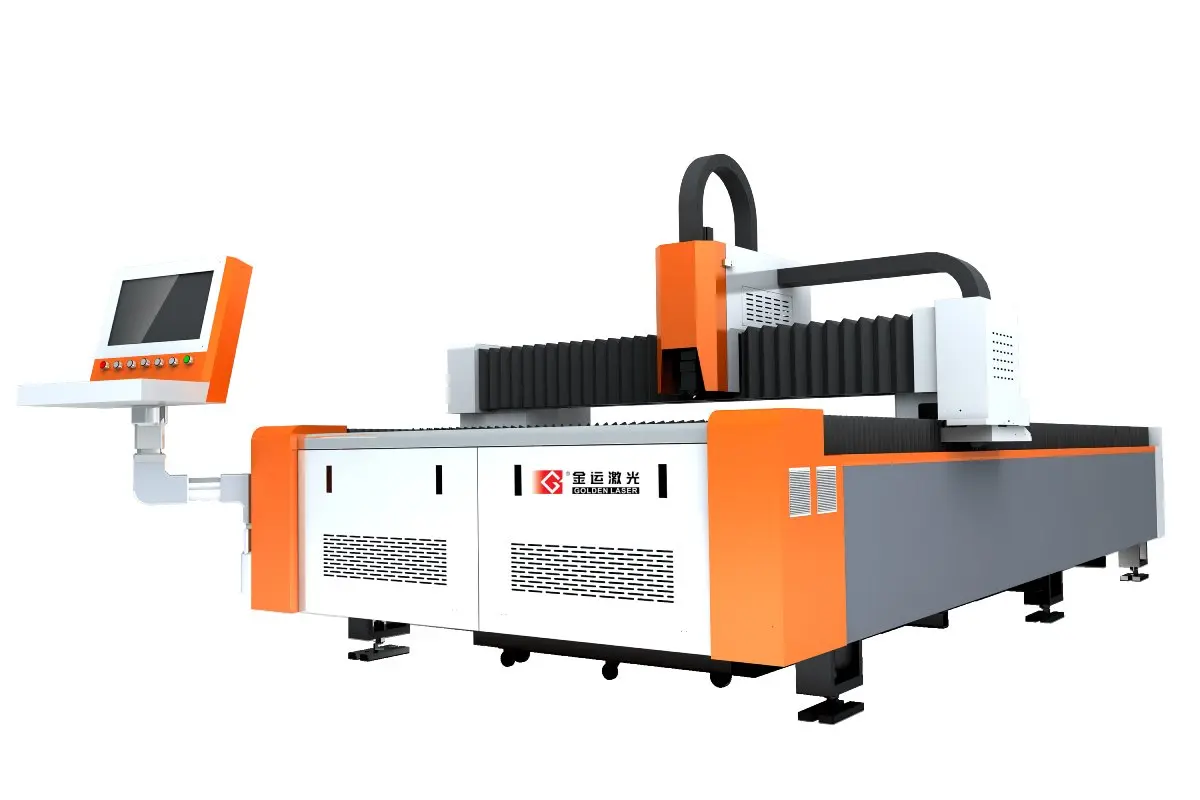
Revolutionizing Manufacturing: The Impact of Laser Cutters on the Automation Industry and Their Benefits for Precision Engineering
In recent years, the automation industry has experienced a transformative shift driven by advancements in technology, leading to increased efficiency, precision, and cost-effectiveness in manufacturing processes. One of the most significant innovations contributing to this change is the laser cutter. Laser cutters, which utilize highly focused light beams to cut or engrave materials with incredible accuracy, have become critical tools in various industrial applications. This article explores how laser cutters are revolutionizing the automation industry, enhancing production capabilities, and driving growth across sectors.
At the core of the laser cutting technology is the principle of laser beam generation, where high-intensity light is produced using gas or solid-state lasers. The focused beam is directed onto the material, which can include metals, plastics, wood, ceramics, and textiles. The intense heat from the laser melts or vaporizes the material, allowing for precise cuts, engravings, and markings. This capability has made laser cutters ideal for industries such as automotive, aerospace, electronics, and even woodworking.

Revolutionizing Manufacturing: The Impact of Laser Cutters on the Automation Industry and Their Benefits for Precision Engineering
One of the primary advantages of laser cutting technology is its unparalleled precision. Unlike traditional cutting methods, which often involve physical blades and can introduce variability due to manual handling, laser cutters provide a consistent and repeatable outcome. This precision significantly reduces the margin for error, ensuring that components fit together seamlessly, which is particularly critical in industries like aerospace where safety and performance are paramount.

Revolutionizing Manufacturing: The Impact of Laser Cutters on the Automation Industry and Their Benefits for Precision Engineering
Moreover, the speed of laser cutting can dramatically enhance production rates. High-speed laser cutters can process materials much faster than traditional methods, which reduces manufacturing times and leads to higher output. In an era where just-in-time production is increasingly emphasized, the ability to rapidly produce high-quality components is a game-changer. The automation of laser cutting processes also allows for continuous operation, minimizing downtime and maximizing the efficiency of production lines.
Laser cutters are also known for their versatility. They can handle a wide range of materials and thicknesses, enabling manufacturers to tackle various projects without needing to invest in multiple types of cutting equipment. This adaptability is beneficial for companies that need to respond quickly to changing market demands or customer specifications. Whether creating intricate designs for consumer products or cutting heavy-duty industrial parts, laser cutting technology can be easily adjusted to meet diverse needs.
Another significant benefit of using laser cutters in the automation industry is their ability to reduce waste. Traditional cutting methods often result in a significant amount of scrap material due to the physical nature of the cutting process. In contrast, laser cutting is more efficient, utilizing the material more effectively with minimal waste. This reduced scrap not only lowers material costs but also aligns with the growing emphasis on sustainability in manufacturing practices.
The integration of laser cutting technology into automated systems further amplifies its advantages. When combined with computer numerical control (CNC) systems, laser cutters can be programmed for complex tasks with high precision. CNC technology allows for the automation of intricate cutting patterns and designs, enabling manufacturers to produce intricate parts quickly while minimizing the need for manual intervention. This integration transforms manufacturing floors into highly efficient environments where productivity and quality are maximized.
Furthermore, advancements in software have enhanced the capabilities of laser cutting systems. Modern laser cutters come equipped with sophisticated software that allows operators to design, simulate, and optimize cutting processes before actual production begins. This streamlines the workflow and reduces the likelihood of mistakes, ensuring that the transition from design to production is as smooth as possible.
In addition to enhancing manufacturing processes, laser cutters have also opened new avenues for innovation in product design. Engineers and designers are leveraging laser technology to create intricate and customized components that were previously too complex or costly to produce. The ability to experiment with shapes, designs, and materials facilitates the development of cutting-edge products, boosting competitiveness in the marketplace.
In conclusion, the innovation of laser cutters is profoundly transforming the automation industry by enhancing precision, speed, versatility, and sustainability in manufacturing processes. The integration of laser cutting technology into automated systems represents a significant step forward in achieving efficient and cost-effective manufacturing solutions. As industries continue to evolve and adapt to the demands of modern consumers, laser cutters will undoubtedly play a pivotal role in shaping the future of automated manufacturing. Embracing this technology is essential for any company aiming to stay ahead in an increasingly competitive marketplace. Ss Laser Cutting Machine
